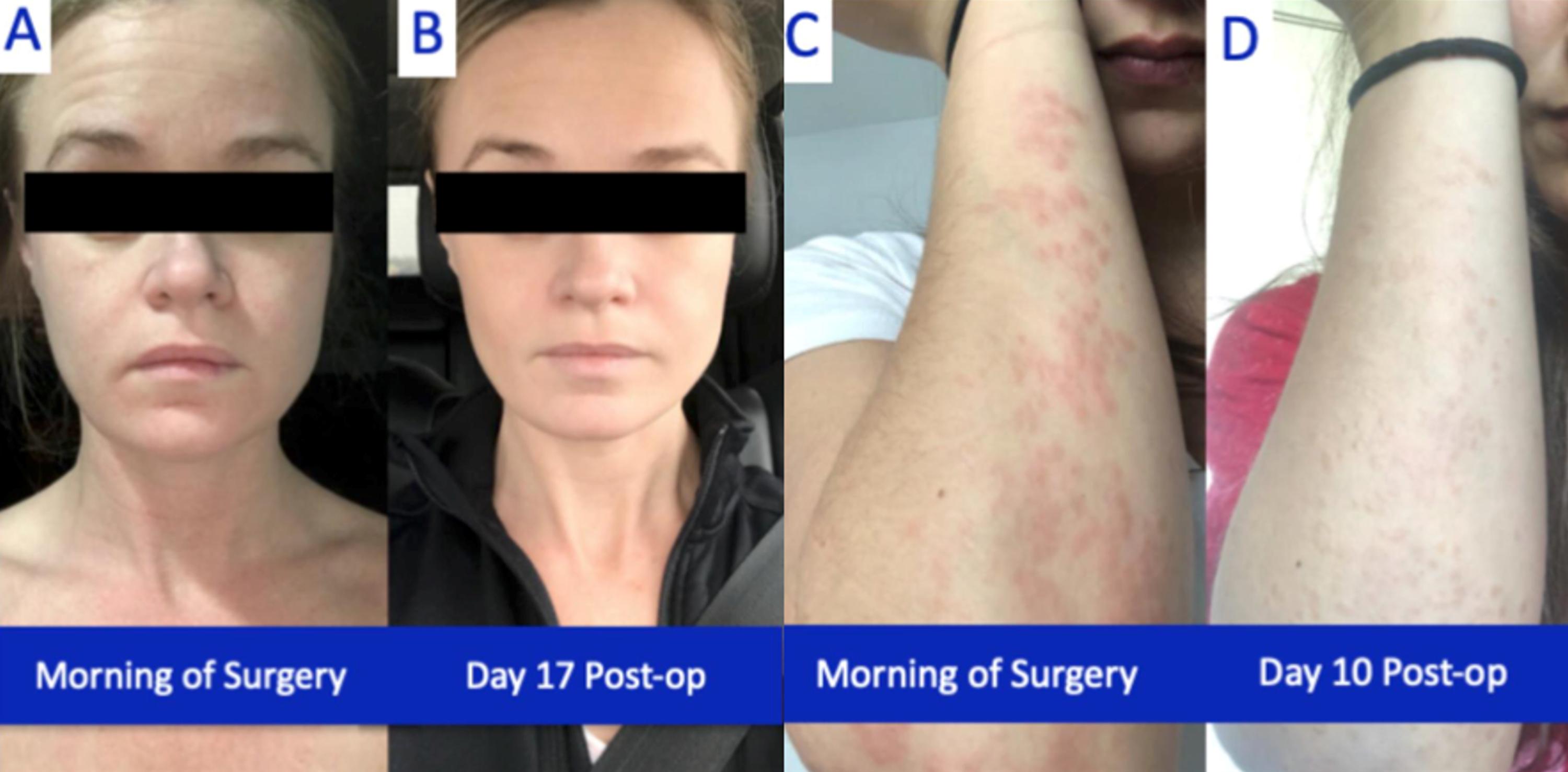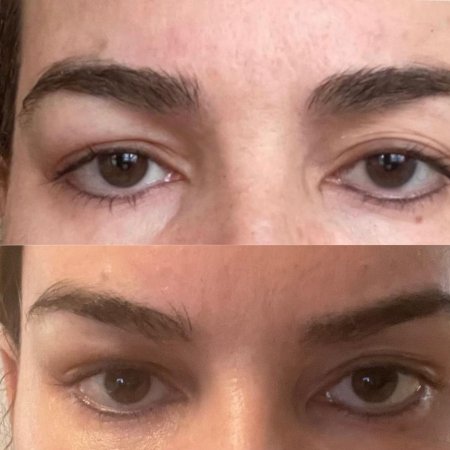
Sometimes, a surgical procedure may be required to stop the condition. These operations can only be done using surgical techniques. One such operation is somnoplasty. This involves the use of heat energy to modify tissues. The procedure can be done under local anesthesia in an office setting. For people suffering from sleep apnea, this procedure should be avoided.
Results of the snore procedure
There are many surgical options available to address snoring. Most cases of snoring can be treated with surgical procedures. Some procedures can improve the sound level and reduce the size of the soft palate, which contributes to snoring. The results of a snore surgery will depend on the patient.
Recent research has demonstrated that minimally invasive surgery may be able to reduce snoring. The results for patients suffering from sleep apnea are not encouraging. Patients often want minimally invasive surgery to stop their snoring, despite the lack of evidence.

MMA surgery
MMA surgery to relieve snoring may help a person sleep better and breathe easier. The radiofrequency energy used to create controlled lesion in the soft tissue causing obstruction. The scarring reduces the volume of flappy tissue and stiffens the remaining tissue. The procedure can be performed in several areas of the airway: the soft palate at the base of tongue, the nasal turbinates, and the soft palate. It can be done under local anesthesia.
The success rate for MMA surgery is extremely high. Patients can return to normal function within two to three weeks after the procedure. This procedure is only possible with a skilled and experienced surgeon.
Laser-assisted uvulopalatoplasty
Laser-assisted uvulopalatoplasty, or LAUP, is a surgical procedure to address the underlying causes of loud habitual snoring. It is performed with local anesthesia. To open the oropharyngeal and nasal airways, a CO2 laser will be used. It is not effective at eliminating all types snoring but LAUP has shown promising results with reducing the severity upper airway resistance syndrome.
LAUP is a single-stage procedure performed under local anaesthesia. The procedure is carried out by an experienced ENT surgeon. The patient is positioned in a seated position while wearing protective eye glasses. The surgeon first sprays a 10% mixture of lidocaine and water onto the base of your tongue. A second dose of 2% mepivacaine will be injected at the base of both the uvula and the palate. The handpiece attaches to the laser to the patient’s mouth. This is a common surgery procedure. A "backstop" prevents the laser damaging the posterior of the pharynx.

Ruhrpumpen surgery
For many patients, lifestyle changes or medications alone are not enough. In these cases, Ruhrpumpen surgery may be the only option. This procedure uses radiofrequency energy (RFI) to create controlled lesions within soft tissues. These scars reduce the airway size and help to strengthen the tissue. This procedure can be done on many areas of the airway including the base of the tongue and soft palate. Patients undergo the procedure under local anesthesia.
This surgery may be beneficial for patients who suffer from severe or persistent snoring. The procedure involves the removal of excess soft tissue in the throat and sometimes the uvula. This procedure has been used for decades in treating chronic snoring. However, new techniques are constantly being developed to improve results.